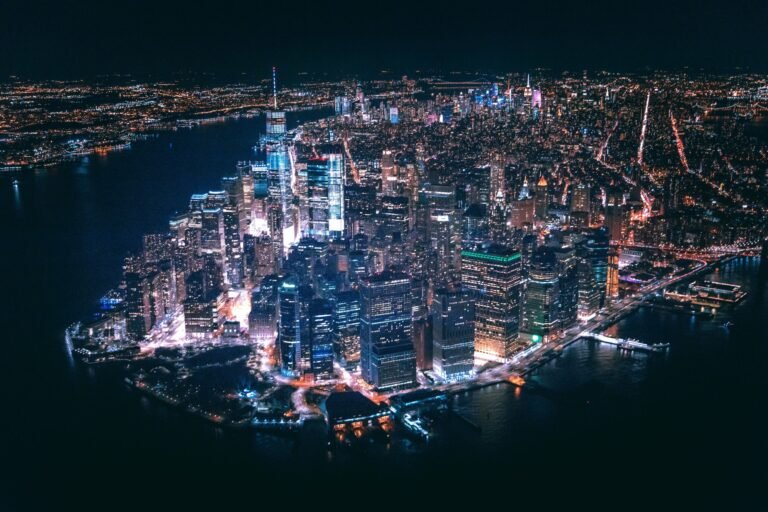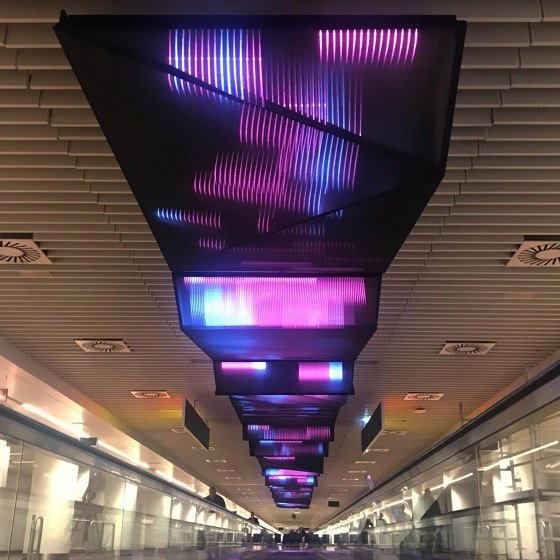Skateboarding, Architecture and Urbanism
Skateboarding, Architecture and Urbanism

At the end of the 19th century, skateboarding emerged in the United States. Officially patented in 1936, the sport has already faced several prejudices, but like the social and urban dynamics of which it is a part, it has lasted to demonstrate that its experience goes far beyond conservative views and brought a new way of experiencing the city by trying movements of our own bodies in light of the urban or architectural design.

The sport evolved over time. In the 1980s, a new style emerged: Street Skateboarding. In it, elements of the city such as handrails, stairs, sidewalks, ramps, have become an invitation for tricks by those who choose to subvert uses and programs designated by architects and urban planners to spaces. This led to the ban on skateboarding, which resulted in demonstrations against it in several countries, which kept the practice alive in urban dynamics.

Currently, architects are already thinking of specific spaces to practice skateboarding – which has become an Olympic sport – and that provide new possibilities for tricks But, as Leonardo Brandão reminds us in his text “A Cidade e os Skatistas“, nothing replaces the experience where he came from: the streets.
The restrictions on the practice of skateboarding on the streets have not ceased. Its continuity, however, seems to be the response of some young people to the growing number of tracks built to ‘tame’ them. But a track will never reproduce the urban vivacity or come close to the unusualness of the streets.



June 21st is the World Skateboard Day, therefore, we selected several projects in parks, squares or even indoor that architects designed to think of the practice of the sport. See them all in the gallery below.








